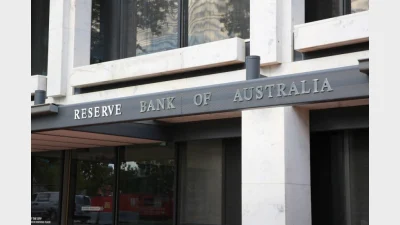High yield debt well-placed for downturn



High yield debt is in a much better position to withstand a recession than in previous economic downturns, according to T. Rowe Price.
Apart from the pandemic-induced recession in 2020, Mike Della Vedova, co-manager of the T. Rowe Price Global High Income Bond Strategy, noted most other ones have been credit driven. In other words, they have been caused by concern over the credit worthiness of certain assets.
“The financial crisis and dotcom bust, for example, were caused primarily by the build-up of debt-related excesses in the US housing sector and internet infrastructure, respectively,” said Della Vedova.
However, if the current downturn becomes a recession, he said inflation will be the main cause.
“Inflation-driven recessions are rare, the last one occurred in 1982 to 1983,” said Della Vedova. “There is a risk of one now because of the colossal amount of fiscal and monetary stimulus pumped into the global economy in recent years, first following the financial crisis and later during the pandemic crisis.
“This liquidity has inflated asset prices and driven speculation, resulting in the surging inflation we see today,” he added.
For Della Vedova, whether a recession is credit- or inflation-driven is an important distinction.
“Historically, damage to corporate earnings tends to be more modest during inflation-driven recessions,” he argued.
Also supporting the case for high yield bonds is the fact that corporate balance sheets have strengthened since 2020, added Stephen Marsh, a portfolio specialist at T. Rowe Price.
“Just 1% of the debt of both US and European high yield firms will mature this year, with a relatively small amount of debt maturing in 2023,” he said. “The bulk of the ‘maturity walls’ of high yield issuers will come in 2025 or later, indicating that balance sheets are strong.”
A third pillar of support for the asset class lies in the fact it has just been through what Marsh described as a “brutal” default cycle, but one which has left the sector in a much better state of health.
“In 2020, default rates among US high yield energy firms reached almost 30%, while debt restructurings surged among European retail firms,” he said. “Default cycles are useful for separating stronger firms from weaker ones, however.
“Those with the potential to survive and thrive beyond a crisis tend to be well supported by their sponsor investors, who inject cash when necessary or provide lines of credit in order to realise their investment further down the line,” he added. “Companies with little prospect of long-term success are typically allowed to go bust.”
While valuations imply corporate debt defaults will surge in 2023, Marsh does not believe this is a realistic assessment.
“The current default rates in US and European high yield are 0.36% and 0.01%, respectively,” he said.
“These ultra-low levels are not sustainable in an environment of slowing growth and high inflation, so defaults will inevitably rise.
"Indeed, current market valuations imply a global high yield default rate of 3.9% over the next 12 months (assuming an excess spread of 350bps),” he added. “However, we believe the market valuations are being driven partly by general macroeconomic concerns and that the actual default rate is likely to come in lower.”
For these three reasons – namely an inflation-driven recession, improved balanced sheets and the recent exit from a default cycle – Della Vedova concluded high yield debt is now in a much better position to withstand a recession than in the past.
Recommended for you
The structural shift towards active ETFs will reshape the asset management industry, according to McKinsey, and financial advisers will be a key group for managers to focus their distribution.
ASIC has warned that practices across the $200 billion private credit market are inconsistent and, in some cases, require serious improvement.
A surge in electricity prices has driven the monthly Consumer Price Index to its highest level in a year, exceeding forecasts.
Infrastructure well-positioned to hedge against global uncertainty, says investment chief.








